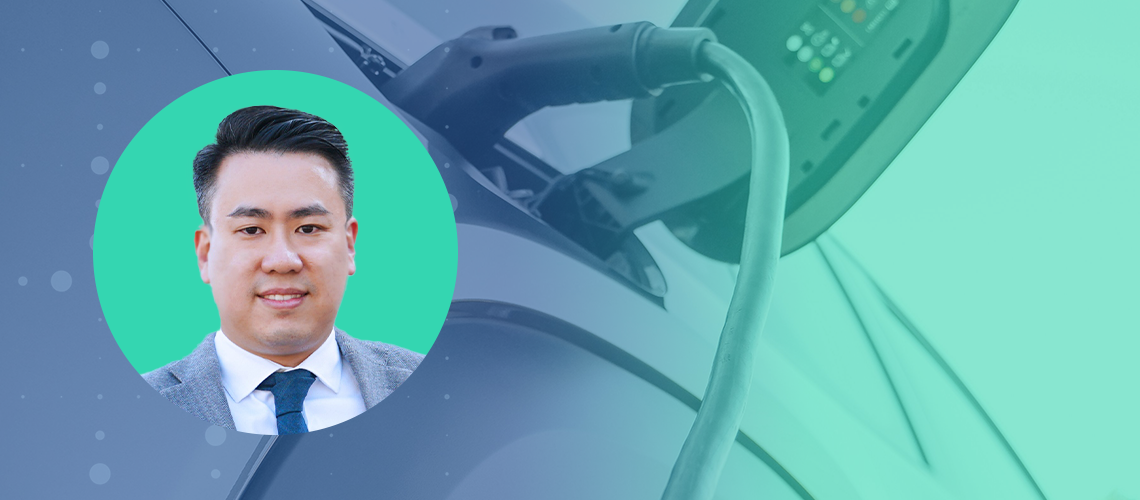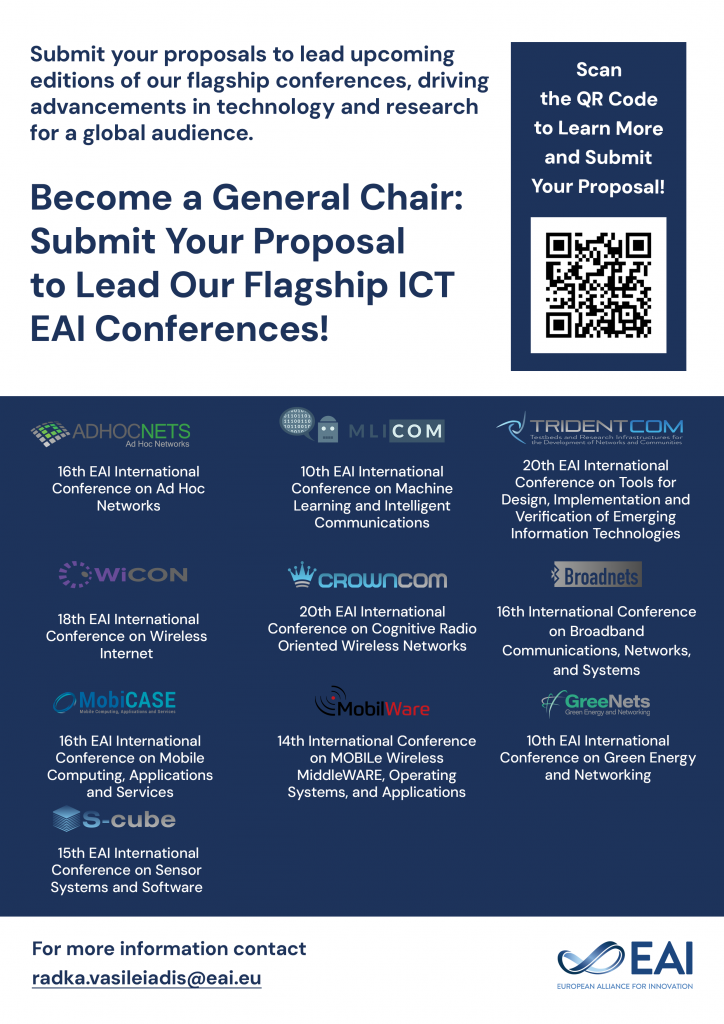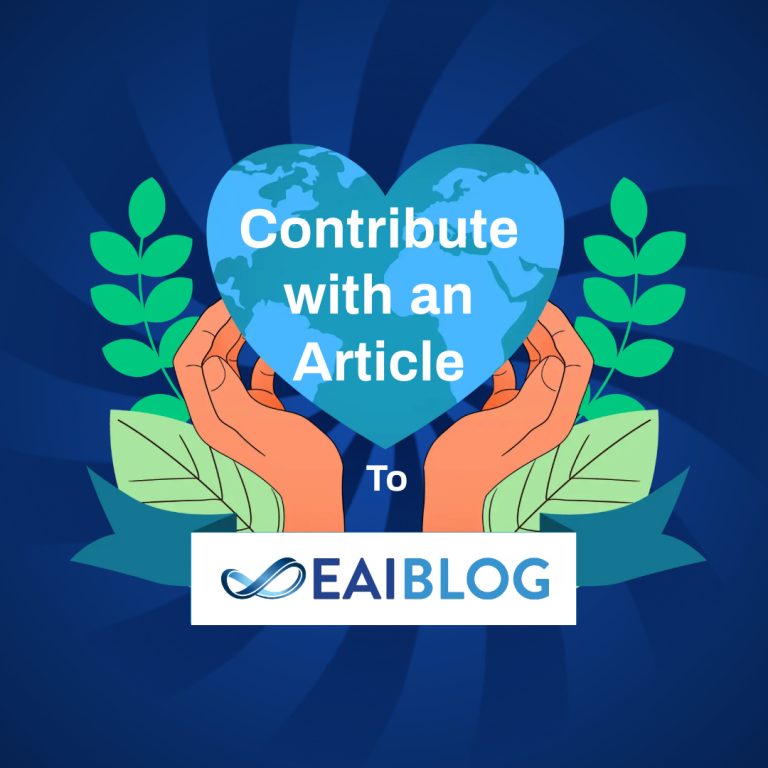The future of transportation is being reshaped by electric vehicles (EVs), autonomous vehicles (AVs), and advanced energy integration technologies. Innovations such as dynamic wireless charging (DWC), vehicle-to-grid (V2G), and dynamic wireless discharging are transforming vehicles into mobile energy hubs, enabling Vehicular Energy Networks (VENs) that enhance energy efficiency and sustainability in urban mobility ecosystems.
Dynamic Wireless Charging (DWC): DWC enables EVs to charge while moving, using electromagnetic coils embedded in roadways. This reduces the need for large batteries and eliminates frequent charging stops, improving operational efficiency. Pilot projects in Oslo have demonstrated DWC powering electric buses, with plans to extend this infrastructure to AV fleets by 2035.
Vehicle-to-Grid (V2G): V2G allows EVs to serve as distributed energy storage, feeding surplus energy back to the grid during peak demand. In Denmark, V2G programs enable EV owners to supply energy during renewable energy shortages, stabilizing the grid and creating revenue opportunities. With smart chargers and grid integration, V2G is projected to become widespread by 2040.
Vehicular Energy Networks (VENs): VENs advance energy sharing through dynamic wireless discharging, allowing vehicles to transfer energy wirelessly to other vehicles or infrastructure in real time. In an envisioned 2045 smart city, an autonomous electric taxi, charged via DWC, detects a nearby delivery drone low on power and wirelessly transfers energy mid-journey, ensuring seamless operation. Enabled by 5G connectivity and AI, VENs optimize energy distribution across fleets, minimizing waste. Pilot projects in Sweden, such as those in Gothenburg’s ElectriCity initiative, suggest energy-sharing networks could improve fleet efficiency by reducing recharging downtime in urban bus fleets. Challenges such as energy transmission losses and cybersecurity risks persist, but advancements in coil efficiency and encryption are addressing these issues.
A Vision for an Energy-Optimized Future: By 2050, the integration of DWC, V2G, and VENs will create a dynamic ecosystem where AVs power each other and the grid, reducing emissions and operational costs. While infrastructure investment and standardization remain hurdles, the potential for sustainable, resilient energy networks is transformative.

Dr. Albert Y.S. Lam
Editor‑in‑Chief of EAI Endorsed Transactions on Energy Web and Chief Research Officer at Fano, focusing on speech and language AI. He holds adjunct roles at The University of Hong Kong and previously conducted postdoctoral research at UC Berkeley. Recipient of the Croucher Fellowship and listed among the world’s top 2% scientists, with active contributions to several leading IEEE journals.




